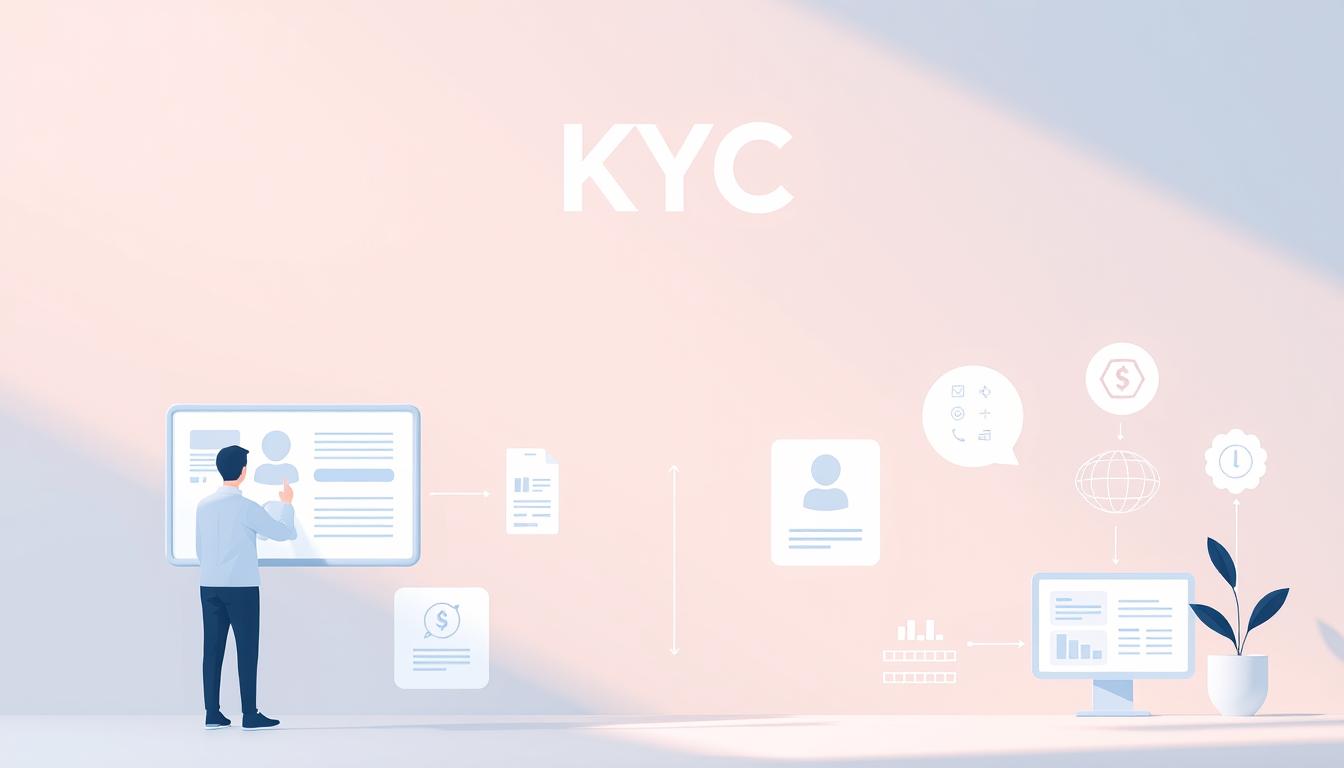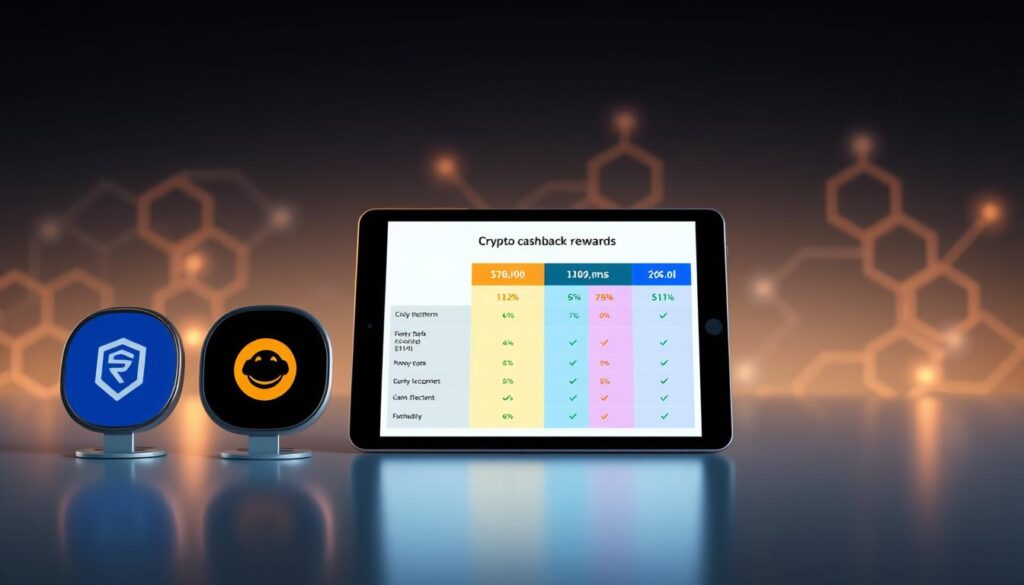Now Reading: Crypto Anti-Money Laundering: Compliance and Risk
- 01
Crypto Anti-Money Laundering: Compliance and Risk
Crypto Anti-Money Laundering: Compliance and Risk

The digital asset space faces growing pressure to address financial crime risks. Recent FBI data shows losses from investment scams surged to $3.94 billion in 2023—a 53% jump from 2022. Regulators imposed over $5.8 billion in fines last year on firms with weak safeguards, signaling a new era of accountability for the sector.
Decentralized systems and pseudonymous transactions create unique challenges. Traditional monitoring tools often struggle to track illicit flows effectively. This gap has led governments to develop stricter rules tailored to blockchain technology.
Building robust AML compliance programs is no longer optional. Organizations must balance innovation with security to avoid penalties and maintain trust. Proactive risk management now serves as both a legal shield and a competitive advantage.
Key Takeaways
- Financial scams involving digital assets cost U.S. investors nearly $4 billion in 2023
- Regulators issued $5.8+ billion in fines for inadequate transaction monitoring systems
- Decentralized networks require specialized compliance strategies beyond traditional banking methods
- Effective programs protect reputation while meeting evolving legal standards
- Global authorities are accelerating rulemaking to curb cross-border financial crimes
Understanding the Crypto AML Landscape
The shift toward stringent oversight marks a new chapter for digital asset platforms. Governments now demand real-time transparency from exchanges, mirroring standards applied to traditional financial institutions. This transformation stems from cross-border transaction risks and evolving criminal tactics.

Evolution of Regulations in the United States
U.S. authorities built a multi-agency framework to govern digital asset platforms. The Bank Secrecy Act requires exchanges to register with FinCEN and adopt customer verification systems. Separate agencies oversee specific asset types:
- SEC monitors security-classified tokens
- CFTC regulates commodity-linked assets
New rules like the Travel Rule force platforms to share sender/receiver details for transfers exceeding $3,000. These measures aim to disrupt illegal fund movements while maintaining market innovation.
Global Impact on Cryptocurrency Exchanges
Europe’s 5AMLD and 6AMLD directives mandate identity checks for all EU-based users. Asia-Pacific markets take varied approaches:
- Australia’s AUSTRAC enforces transaction tracking
- Singapore requires exchange licensing through MAS
- Japan applies banking-level checks to digital wallets
This patchwork of regulatory requirements forces platforms to develop flexible compliance strategies. Many now use AI-driven tools to adapt across jurisdictions without sacrificing operational speed.
The Essentials of AML and Compliance in Crypto
Navigating the complex regulatory environment requires digital asset platforms to implement specialized safeguards. Unlike traditional finance, blockchain-based systems demand tailored approaches to address pseudonymous transactions and cross-border risks.
Defining Prevention Strategies for Digital Assets
Financial crime prevention in blockchain ecosystems involves layered verification processes and transaction analysis. Global standards now require platforms to identify suspicious patterns, from unusual wallet activity to high-volume transfers between unverified accounts.
Operational Rules for Service Providers
Virtual asset service providers must meet three core obligations:
- Registration with national authorities like FinCEN or MAS
- Real-time monitoring of cross-border transactions
- Annual audits demonstrating policy effectiveness
The Financial Action Task Force (FATF) guides virtual asset service providers across 200 jurisdictions, though regional implementations vary. European regulators mandate transaction limits for anonymous wallets, while U.S. rules focus on licensing exchanges as money transmitters.
Emerging challenges include monitoring decentralized platforms and NFT marketplaces. Many firms now deploy AI tools that analyze blockchain patterns while maintaining user privacy – a balance critical for sustainable operations.
Key Trends in Cryptocurrency Money Laundering
Financial criminals increasingly exploit blockchain technology’s unique features to hide illicit funds. Recent patterns reveal sophisticated methods for obscuring transaction trails, forcing regulators and platforms to adapt detection strategies rapidly.

Criminal Techniques and Illicit Practices
Modern money movers use layered approaches to disguise fund origins. Mixing services combine multiple transactions from various users, creating untraceable digital asset flows. Some even route funds through NFT marketplaces, exploiting subjective valuations to legitimize dirty money.
Crypto ATMs with weak identity checks enable quick cash conversions. Criminals also create complex wallet networks using multi-signature setups, making forensic analysis nearly impossible.
Role of Privacy Coins and Mixing Services
Coins like Monero and Zcash use advanced cryptography to hide wallet addresses and amounts. These privacy features allow users to conduct anonymous crypto transactions that bypass conventional tracking tools. Mixers amplify this effect by pooling funds from thousands of wallets.
Decentralized Exchanges and Peer-to-Peer Platforms
DEXs operate without central oversight, letting users trade directly through smart contracts. P2P networks compound risks by eliminating third-party checks. Both systems enable cross-border transfers with minimal AML safeguards, creating fertile ground for illicit activities.
Authorities now push for stricter controls on these platforms. Effective AML programs must address these evolving threats while preserving blockchain’s core benefits.
Implementing Robust KYC, CDD, and Transaction Monitoring
Financial institutions handling digital assets need layered verification systems to prevent illicit activities. Three pillars form this defense: identity confirmation, risk evaluation, and real-time oversight. These measures help organizations meet legal standards while protecting their operations.

Critical Steps in the KYC Process
Effective identity checks start with these essentials:
- Document verification: Validate government IDs and proof of address
- Risk categorization: Assign threat levels based on user profiles
- Ongoing reviews: Update records every 6-12 months
High-risk users like politicians or offshore entities require extra scrutiny. Advanced tools now cross-check data across global watchlists automatically.
Establishing Effective Customer Due Diligence
CDD measures adapt to evolving risks through:
- Transaction pattern analysis using AI algorithms
- Real-time alerts for sudden large transfers
- Periodic audits of monitoring systems
Platforms using risk-based approaches reduce false alarms by 40% compared to blanket rules. This precision helps teams focus on genuine threats without slowing legitimate transactions.
crypto anti-money laundering: Best Practices for Risk Management
Financial institutions must adopt forward-thinking strategies to combat evolving threats in digital asset transactions. Effective programs merge regulatory adherence with operational agility, creating shields against both financial penalties and reputational damage.
Designing Comprehensive Compliance Programs
Virtual asset service providers need layered frameworks that address risk at multiple levels. Core elements include real-time transaction analysis, employee training modules, and third-party audits. Platforms following proven cryptocurrency AML best practices reduce fraud risks by 63% compared to basic systems.
Leveraging Advanced Technologies
AI-driven tools now automate 78% of suspicious activity detection while minimizing false alerts. Machine learning models analyze wallet patterns and cross-reference global watchlists in milliseconds. Integrating AI-powered security solutions strengthens defenses against sophisticated laundering schemes without slowing legitimate transactions.
FAQ
How do virtual asset service providers comply with U.S. regulations?
Platforms like Coinbase and Kraken follow Financial Action Task Force (FATF) guidelines, including customer due diligence and reporting transactions over ,000. They implement identity verification and monitor for suspicious activity to meet FinCEN requirements.
What risks do decentralized exchanges pose for financial crimes?
Peer-to-peer platforms such as Uniswap lack centralized oversight, making it harder to track illicit practices like fund mixing. Regulators emphasize stricter transaction monitoring tools to address anonymity gaps.
Why is the Travel Rule critical for cryptocurrency exchanges?
The rule mandates sharing sender/receiver data for transfers above ,000, aligning with FATF standards. Exchanges like Binance use blockchain analytics to ensure compliance and prevent fraud across borders.
How do privacy coins challenge AML compliance efforts?
Assets like Monero obscure transaction details, complicating efforts to detect illicit activities. Firms deploy advanced AI tools to analyze patterns and flag high-risk behavior linked to mixing services.
What role do AI tools play in fraud prevention?
Machine learning algorithms screen real-time data to identify anomalies, such as rapid fund movements. Chainalysis and Elliptic offer solutions that help institutions reduce exposure to financial crimes.
Are non-custodial wallets subject to KYC requirements?
Unlike centralized platforms, wallets like MetaMask don’t always enforce identity checks. However, regulators are pushing for stricter oversight on service providers interacting with such tools.
How often should firms update AML compliance programs?
The Financial Crimes Enforcement Network (FinCEN) recommends annual reviews. Updates should reflect emerging threats, like ransomware schemes, and integrate new technologies for risk management.












